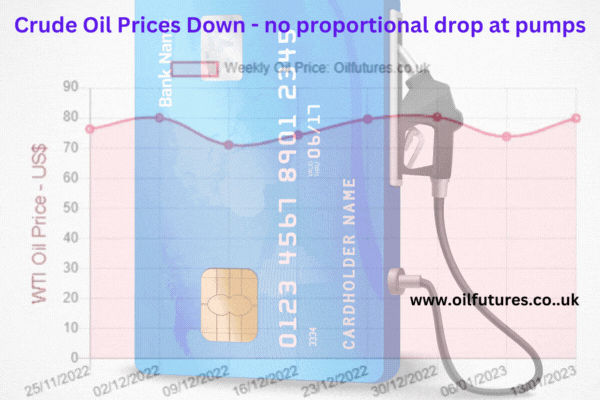The price of crude oil dropped again when the markets opened for business on Monday.
As of 14:00 GMT, the prices of WTI and Brent stood at $79.28 and $84.58 respectively. The price of LNG, liquified natural gas, meanwhile, was at $3.64, having come down by more than 50% since its peak last year. The price of crude oil has dropped by more than 20%, since its peak last year.
Although there were reports regarding the Chinese economy bouncing back to its best mode, the Chinese authorities chose to exercise caution in light of its growing issues with the West, particularly the US, the world's largest economy; China admitted the challenges that stem from political hostilities were real - and inextricably linked.
In addition, the outbreaks of new variant of Covid-19 seem to be far from being contained: the WHO, World Health Organization, demanded accurate data the other day from China, the world's second largest economy; China, in turn, has said it takes time to give the former the accurate data on the grounds of collecting it from the affected areas of the vast country; in short, China says it has nothing to hide.
It is true, however, that China relaxed the travel restrictions that had been in place for months to keep the outbreaks at bay. It was interpreted, by the markets in general and crude oil markets in particular, as a signal for coming back to near normalcy. As a result, in proportion to the sentiments it instilled in investors - and analysts - the prices of crude oil showed a sign of fragile recovery last week.
The combination gloomy economic news across the globe, however, dampened the mood significantly. When the EIA, US Energy Information Administration, released its weekly data, the road to the recovery of oil price appeared to be much bumpier than analysts thought; it was a massive crude build, indeed.
Having come under heavy criticism for not doing enough at the right time in controlling the price of oil, the OPEC, Organization of Petroleum Exporting Countries, appears to be taking steps to show the world that it is not solely to blame for the disaster; it has published data to show how governments use the price of oil as a cash cow; with the heading, 'who gets what from a litre of oil in 2021' the organization could not have been more explicit:
The chart laid bare the phenomenal taxes levied on fuel. The numbers account for the absence of price drop at pumps in proportion to the fall in crude oil price in the global market.
With the release of data, the OPEC has put the ball firmly in the court of global governments. The collective response of the governments, from the developed or developing parts, remains to be seen in the coming weeks, when the public anger escalates as a result of increasing inflationary pressure.








